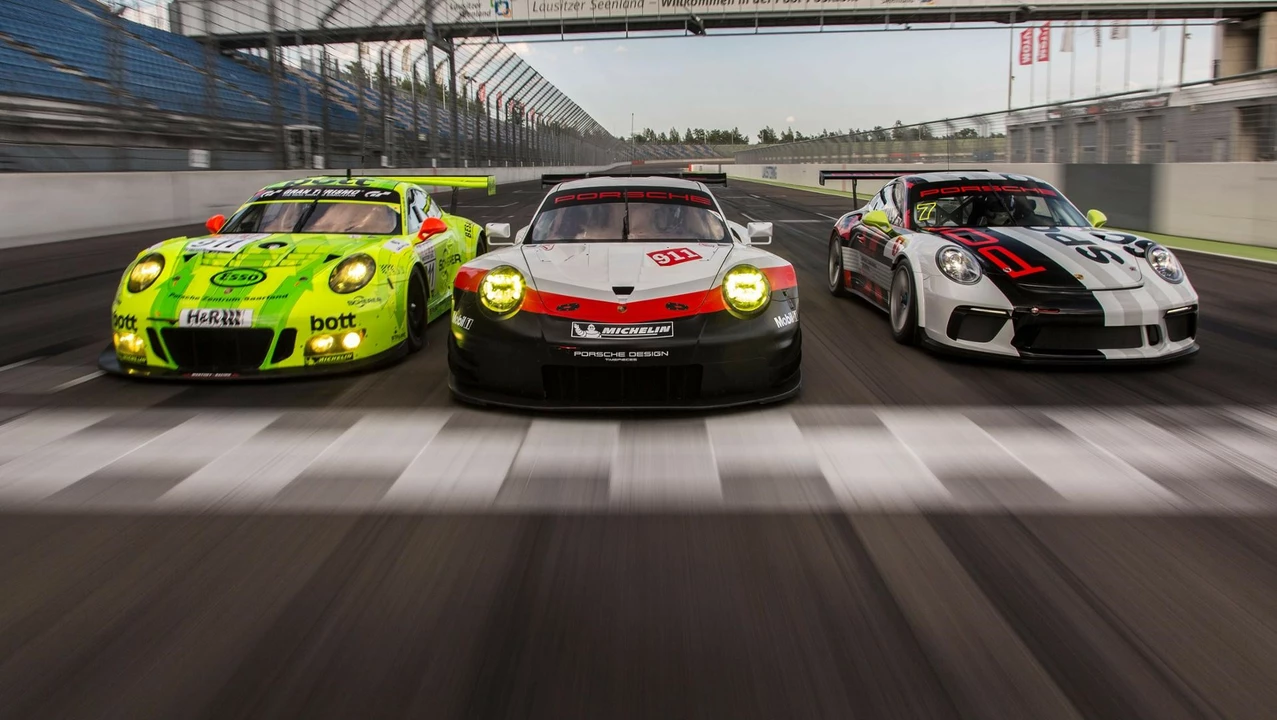Race Cars – What Makes Them Thrill Fans Around the World
When the lights go green, the roar of a race car is enough to get anyone’s pulse racing. From the sleek Formula 1 machines that zip around city streets to the rugged rally cars tackling desert dunes, each type has its own flavor. In this guide we break down the basics, share the latest headlines and give you a few ideas on how to join the action.
Types of Race Cars You’ll See on the Track
First up, Formula 1. These open‑wheel beasts are built for pure speed on smooth circuits. They can hit over 200 mph and generate insane downforce, letting drivers hug corners like they’re glued to the road. Then there’s IndyCar, which balances speed on ovals with tighter road‑course handling. Indy cars aren’t as aerodynamically extreme as F1, but they still blaze past 230 mph on the straights.
Endurance racers, like the ones you’d see at Le Mans, prioritize reliability. They run for 24 hours straight, swapping drivers and refueling on the fly. Off‑road lovers tune into the Dakar Rally or Baja 1000, where the terrain is sand, rocks and sheer grit. Each class demands a different engineering focus, from aerodynamics to durability.
Why Fans Can’t Get Enough of Race Cars
People watch race cars for the adrenaline rush. There’s something magnetic about seeing a perfectly tuned machine push the limits of physics. But it’s not just speed; it’s the tech too. Fans love dissecting how a hybrid power unit works or why a particular tyre compound feels smoother in the rain.
The community angle matters as well. Whether you’re chatting on a forum, swapping stickers at a local meet‑up or watching a race with friends, the shared excitement creates a tight‑knit vibe. That sense of belonging keeps people coming back race after race.
Want to get started? The cheapest route is to join a local karting club. Karts teach the fundamentals of racing line, braking and throttle control without costing a fortune. From there, you can move up to amateur formula series or even try a single‑make championship like Porsche Carrera Cup.
If you’re more into the technical side, consider building a model or simulating a car in a racing simulator. Modern sims mimic real‑world physics so closely you can practice cornering techniques before ever stepping into a real car. It’s a low‑risk way to sharpen your skills.
For those chasing the big leagues, remember a super licence is mandatory for Formula 1. That means a mix of experience, points earned in lower categories and the right age. It’s a high bar, but many current stars started in karting and climbed the ladder step by step.
Finally, keep an eye on the news. Recent stories, like why BMW left Formula 1 or how IndyCar compares to F1 on speed, give insight into the business and strategy behind the sport. Knowing the back‑room moves makes watching a race feel like you’re part of the team.
Whether you’re a casual viewer or an aspiring driver, race cars offer endless excitement. Stay updated, get your hands on a simulator or a kart, and you’ll feel the track’s energy faster than you think.

Do I need a license to race cars?
As a car racing enthusiast, I've often wondered if I need a license to race cars. After doing some research, I discovered that it depends on the type of racing and the organization hosting the event. For most amateur races, no special license is needed, just a valid driver's license. However, for professional or sanctioned races, a specific racing license is required, which can be obtained through various racing organizations. It's essential to check the requirements for each event you're interested in participating in to ensure you have the proper credentials.